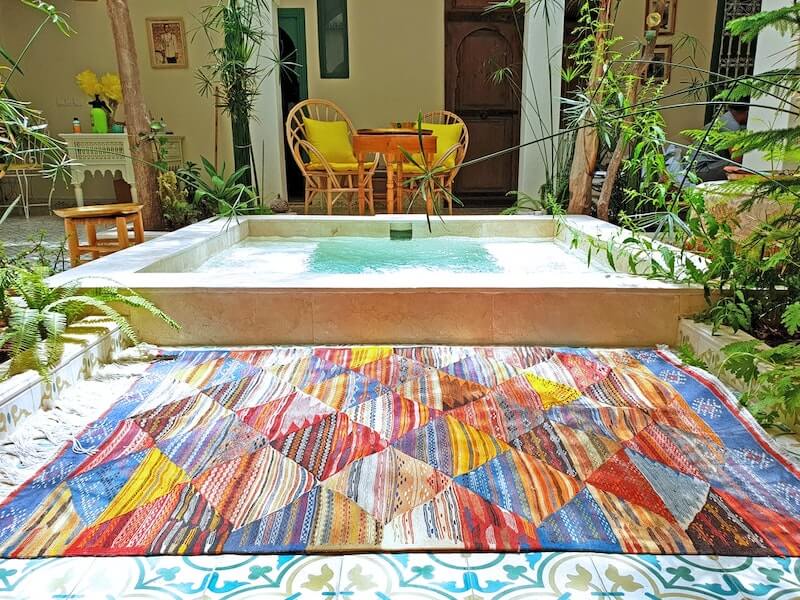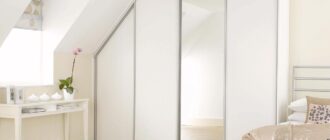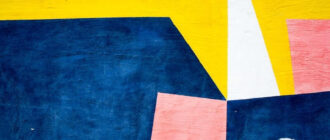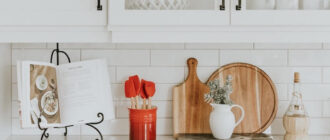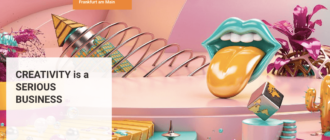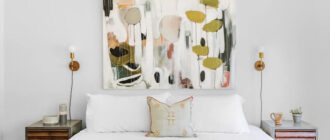If you want to create in your home an interior worthy of the cover of a glossy magazine: elegant, yet warm and cozy, take a closer look at the Moroccan style. But as with any oriental spice, the main rule here: not to overdo it. We will tell you how to bring the spirit of an Arabian fairy tale into your house or apartment, avoiding associations with the oriental bazaar.
The history of the style
One of the most interesting ethno-style, which is so loved by venerable designers today, the world is obliged to a small country in the north of Africa. Thanks to its advantageous location at the crossroads of key trade routes, in Morocco elements of Islam and Christianity mixed with the culture of the Greeks, the Romans and the oldest living people – the Berbers.
By the 19th century, when the territory became a French colony, elements of the Moroccan style began to find their way into the Parisian drawing rooms, which at the time set the tone for all Europe. But finally the Moroccan style took shape in the 1960s, thanks to the rich hippies who came to love the exotic country and to Yves Saint Laurent, who for many years drew inspiration for his collections in the interiors of his villa in Marrakech.
Who is suitable for the Moroccan style?
If you like to travel, are not afraid of experiments and bold combinations and want to combine several cultures in one interior at once, the Moroccan style is what you need. And it also makes sense to look in the direction of the East for those who are tired of boho-chic and want to replace jute and faded textiles with something more conceptual.
The main problem is not to turn your apartment into a junk shop, full of garish products from oriental bazaar. It is best to stick to two basic shades, for example, azure and terracotta-orange, using in the decor no more than 6-7 shades, even quite bright.
Minimalists who are not ready to give up the whiteness and austerity of lines, but fell in love with the carved arches of Marrakech medinas and mosaics of Zelij, we can offer a compromise: to fit into your interior favorite forms without transferring colors.
The main elements of the Moroccan style
The main elements in this style are two: it’s u-shaped doors and entrances, resembling a keyhole and a huge variety of ceramic mosaic tiles of the brightest colors, with which everything is decorated:from floor to ceiling. The mosaic frames doorways and windows, mirrors and picture frames.
Moorish arches
They can have a simple curved top or take the form of a horseshoe, repeating the outlines of the temple. Such arches can be seen in any Moroccan style structure in alcoves, doorways and windows.
Mashrabiyya
This is the name given to the traditional Islamic architectural bay window enclosed in a carved wooden lattice. Similar to the wind traps used in ancient Egypt, these windows are capable of creating coolness in the room by using the method of evaporative cooling.
Mosaic Zelij
Zelij is one of the oldest styles of Islamic mosaic art. Religion forbade Muslim artists to depict living creatures, instead they had to change the space and work with the viewer’s imagination, working only with color. Masters hand-cut pieces of tile and insert them into a plaster base. The thinner the tiles, the more exquisite the pattern looks.
Lamps and lanterns
There are two types of traditional Moroccan lamps. The most recognizable are of stained glass with brass or wrought iron. Such lamps can be found in all colors, but the locals prefer blue and amber.
And Moroccans also make lamps out of dyed goatskin, stretching it over an iron or brass frame. Then they are painted with henna, decorated with geometric figures and natural patterns. Each of them has a special meaning. For example, fish symbolize fertility and prosperity.
The color scheme
Choosing a color palette, it is enough to imagine the North African landscapes. Shades of blue, green and turquoise remind of the ocean, gold and silver create an image of the desert, and rich orange and red symbolize the sunset.
Furniture in the Moroccan style
Moroccan style interiors are an enticing combination of comfort and luxury. As in the Moroccan style bright colors and mosaics rule the ball, the furniture is quite laconic, it creates contrast and does not clutter the space.
Sofas and tables are low, it creates an atmosphere of an oasis, where you can hide from the hot African sun. Closets, sideboards, and dining tables are usually made of wood, either deliberately simple or inlayed with glass and fabric. The coffee tables, beds, and chairs are usually made of metal.
Aromas
The finishing touch is a spicy Moroccan scent. Choose candles, incense and aroma oils with notes of spices: cinnamon, nutmeg and saffron. The oriental image can complement the sweet fragrance of jasmine or orange, clove and sandalwood.

